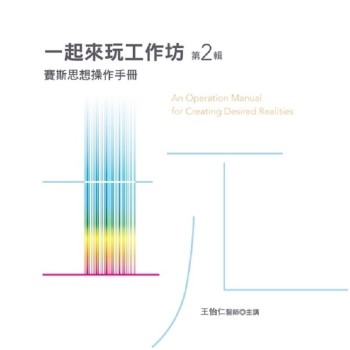After Dark is a collection of six short stories by Wilkie Collins, first published in 1856. It was the author’s first collection of short stories. Five of the stories were previously published in Household Words, a magazine edited by Charles Dickens. The stories are linked by a narrative framework. At the beginning and end of the book are "Leaves from Leah’s Diary" William Kerby, a travelling portrait-painter, is in danger of losing his sight, and is required by his doctor to cease painting for a while. His wife Leah realizes that destitution threatens. He is a good story-teller, and Leah has the idea of writing down his stories and publishing them. Each story has a prologue, which was added to the original story that appeared in Household Words. Contents: "The Traveller’s Story of a Terribly Strange Bed", first published as "A Terribly Strange Bed" in Household Words in 1852. "The Lawyer’s Story of a Stolen Letter", first published as "The Fourth Poor Traveller" in "The Seven Poor Travellers", a group of stories by several authors in the Christmas 1854 edition of Household Words. "The French Governess’s Story of Sister Rose", first published as "Sister Rose" in Household Words in April 1855. "The Angler’s Story of the Lady of Glenwith Grange", first published in this volume. "The Nun’s Story of Gabriel’s Marriage", first published as "Gabriel’s Marriage" in Household Words in April 1853. "The Professor’s Story of the Yellow Mask", first published as "The Yellow Mask" in Household Words in July 1855. William Wilkie Collins (8 January 1824 - 23 September 1889) was an English novelist, playwright, and short story writer. His best-known works are The Woman in White (1859), No Name (1862), Armadale (1866) and The Moonstone (1868). The last is considered the first modern English detective novel. Born into the family of painter William Collins in London, he lived with his family in Italy and France as a child and learned French and Italian. He worked as a clerk for a tea merchant. After his first novel, Antonina, was published in 1850, he met Charles Dickens, who became a close friend, mentor and collaborator. Some of Collins’s works were first published in Dickens’ journals All the Year Round and Household Words and the two collaborated on drama and fiction. Collins published his best known works in the 1860s, achieved financial stability and an international reputation. During that time he began suffering from gout. After taking opium for the pain, he developed an addiction. During the 1870s and 1880s the quality of his writing declined along with his health. Collins was critical of the institution of marriage and never married; he split his time between Caroline Graves, except for a two-year separation, and his common-law wife Martha Rudd, with whom he had three children. Collins died at 82 Wimpole Street, following a paralytic stroke. He is buried in Kensal Green Cemetery, West London. His headstone describes him as the author of The Woman in White.Caroline Graves died in 1895 and was buried with Collins. Martha Rudd died in 1919.
| FindBook |
有 1 項符合
After Dark (1856). By: William Wilkie Collins: Collection of six short stories的圖書 |
 |
After Dark (1856). By: William Wilkie Collins: Collection of six short stories 作者:Collins 出版社:Createspace Independent Publishing Platform 出版日期:2017-03-07 語言:英文 規格:平裝 / 218頁 / 25.4 x 20.32 x 1.17 cm / 普通級/ 初版 |
| 圖書館借閱 |
| 國家圖書館 | 全國圖書書目資訊網 | 國立公共資訊圖書館 | 電子書服務平台 | MetaCat 跨館整合查詢 |
| 臺北市立圖書館 | 新北市立圖書館 | 基隆市公共圖書館 | 桃園市立圖書館 | 新竹縣公共圖書館 |
| 苗栗縣立圖書館 | 臺中市立圖書館 | 彰化縣公共圖書館 | 南投縣文化局 | 雲林縣公共圖書館 |
| 嘉義縣圖書館 | 臺南市立圖書館 | 高雄市立圖書館 | 屏東縣公共圖書館 | 宜蘭縣公共圖書館 |
| 花蓮縣文化局 | 臺東縣文化處 |
|
|
圖書介紹 - 資料來源:博客來 評分:
圖書名稱:After Dark (1856). By: William Wilkie Collins: Collection of six short stories
|











